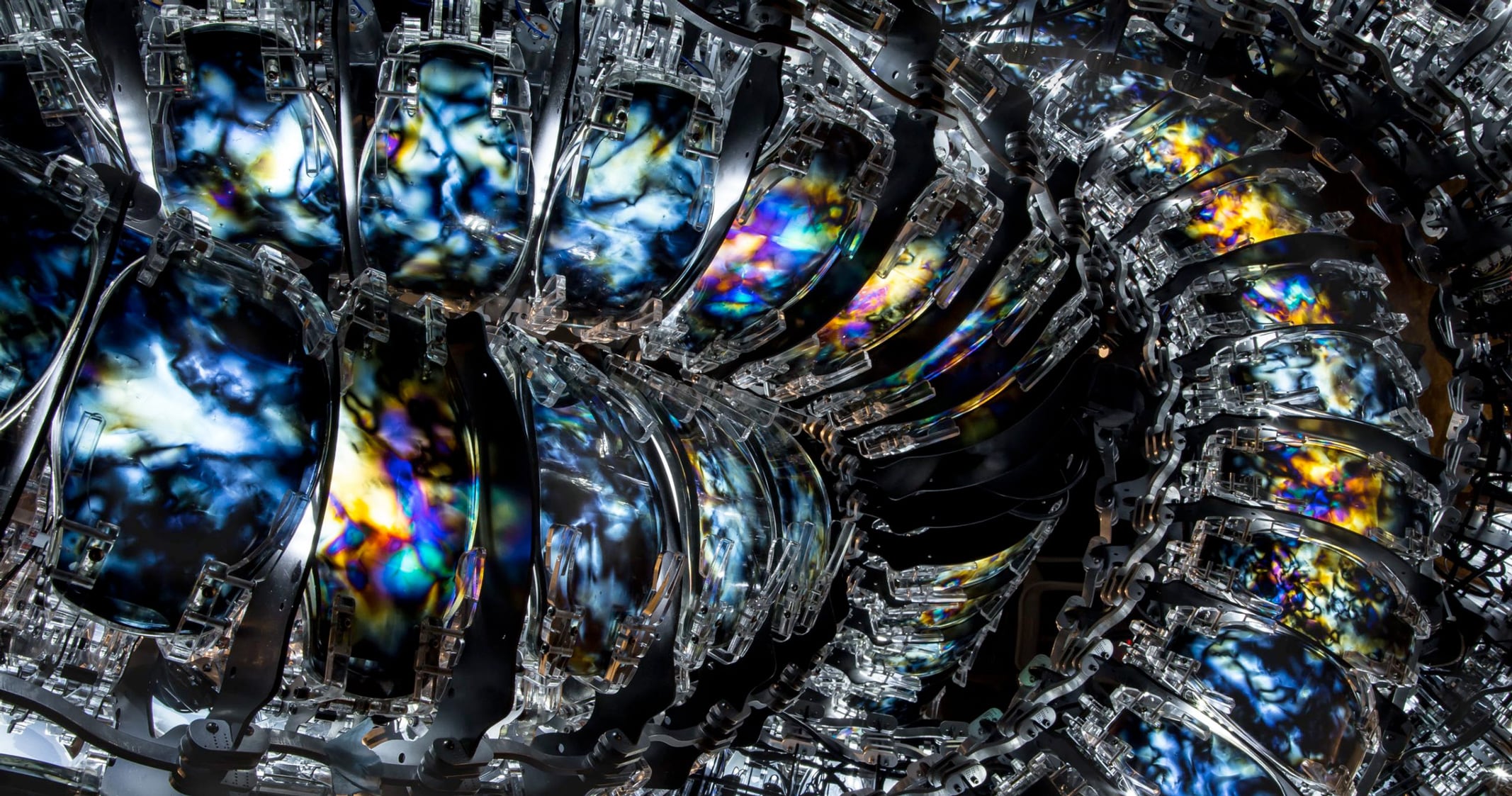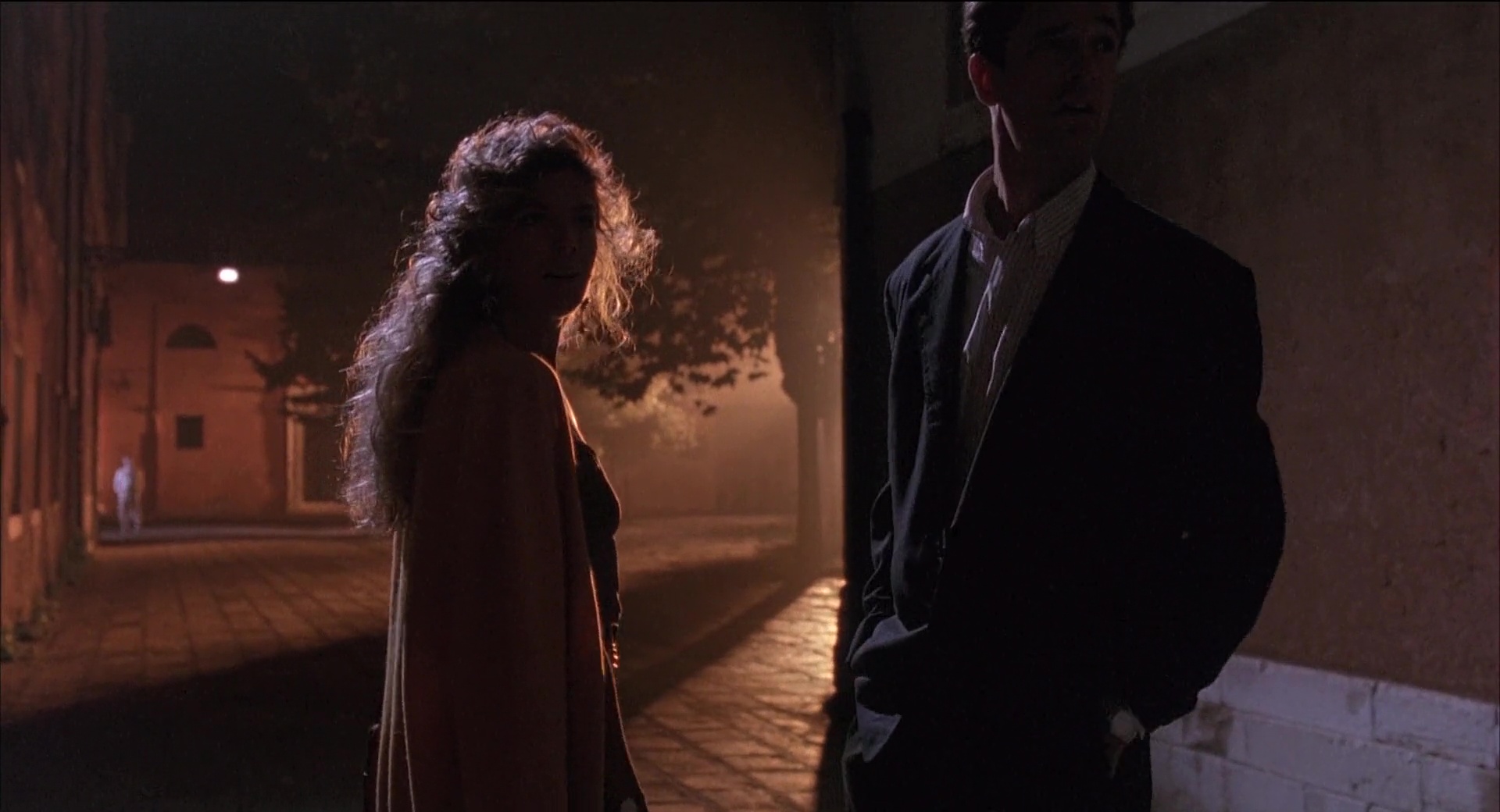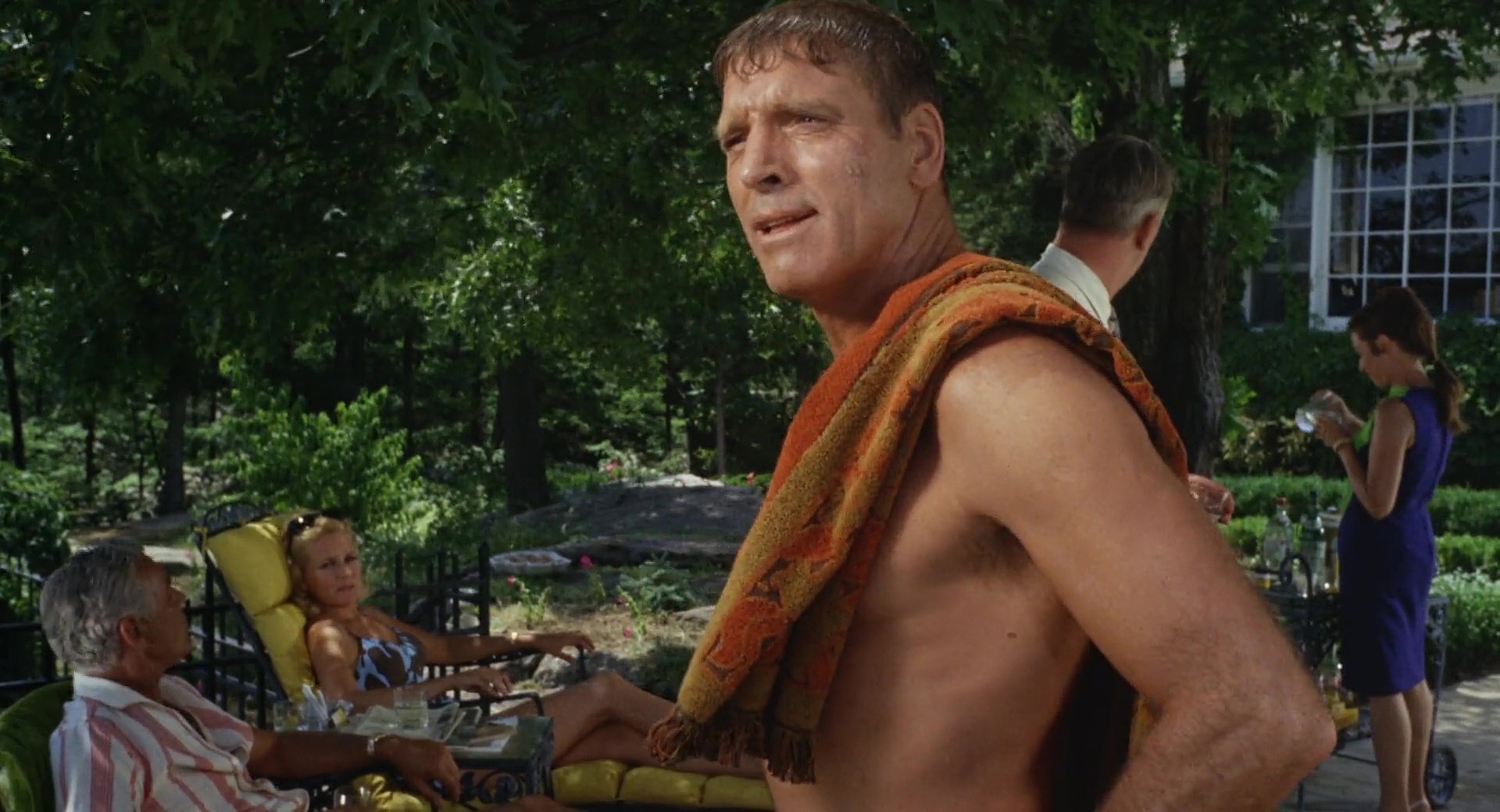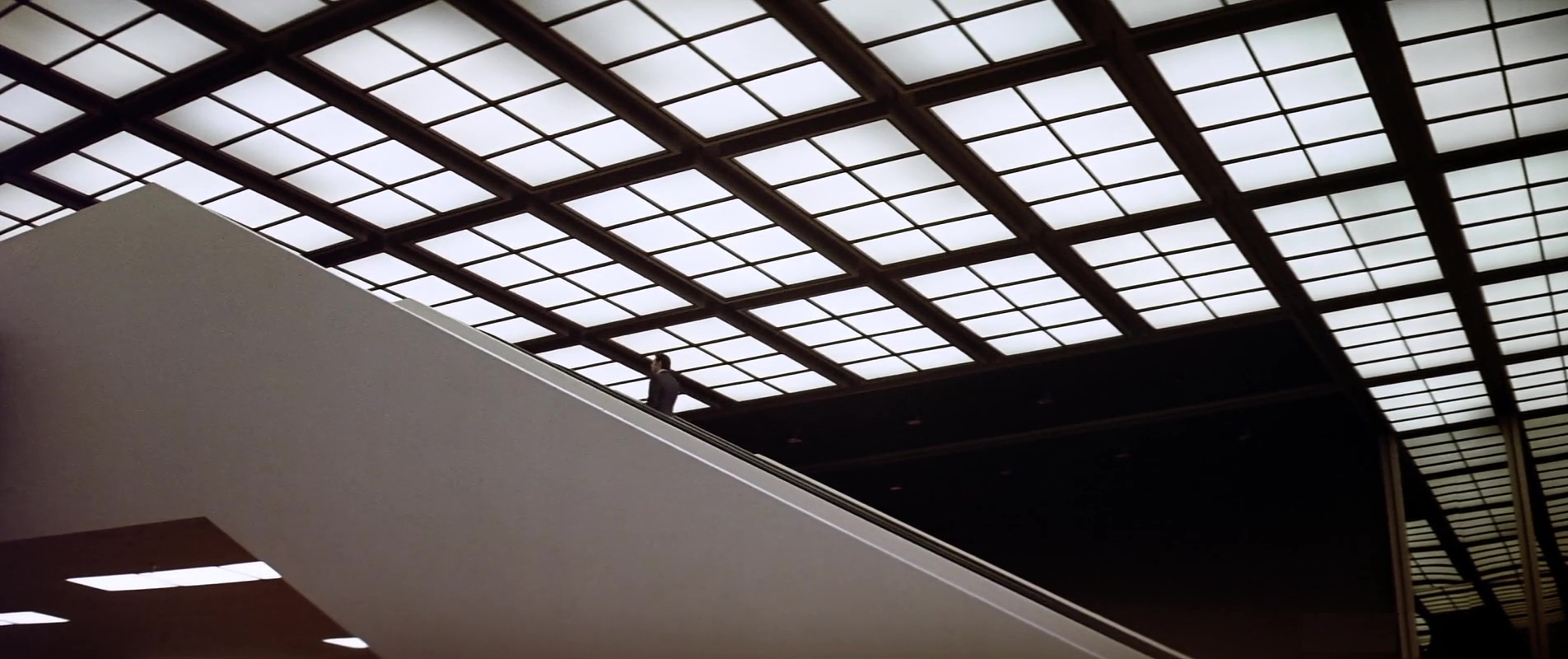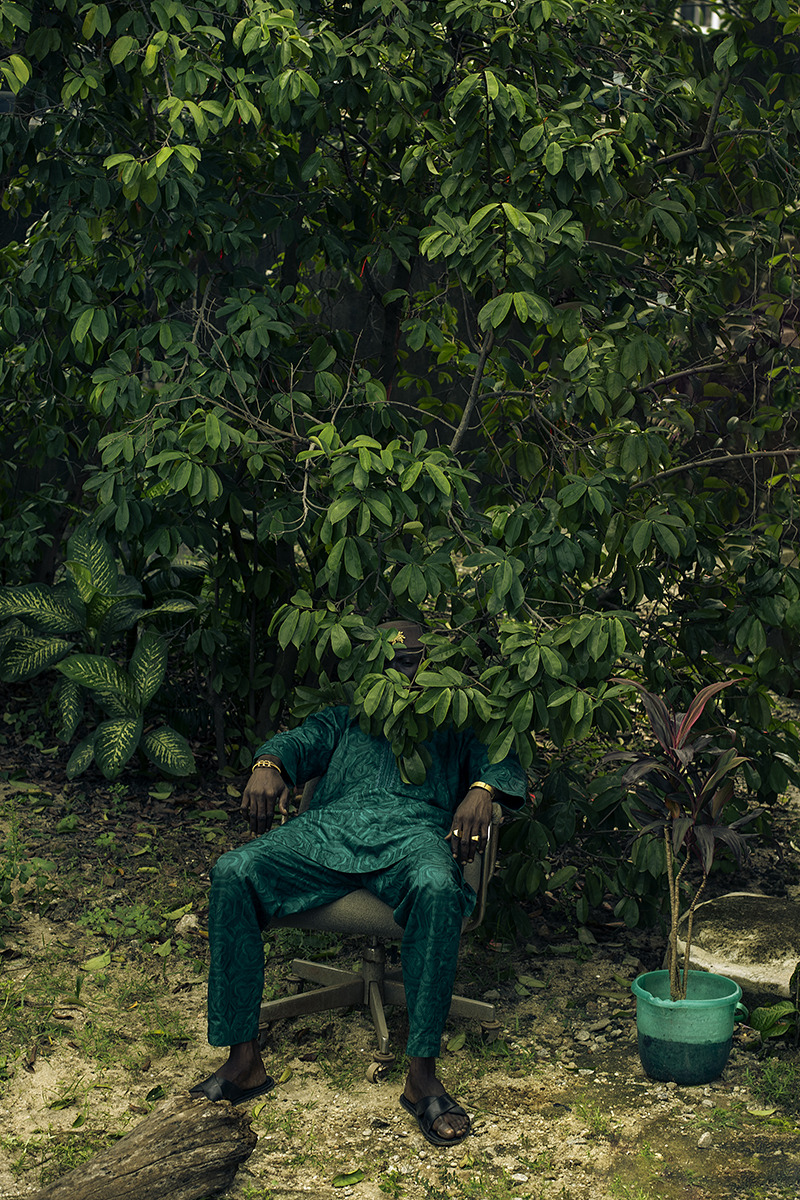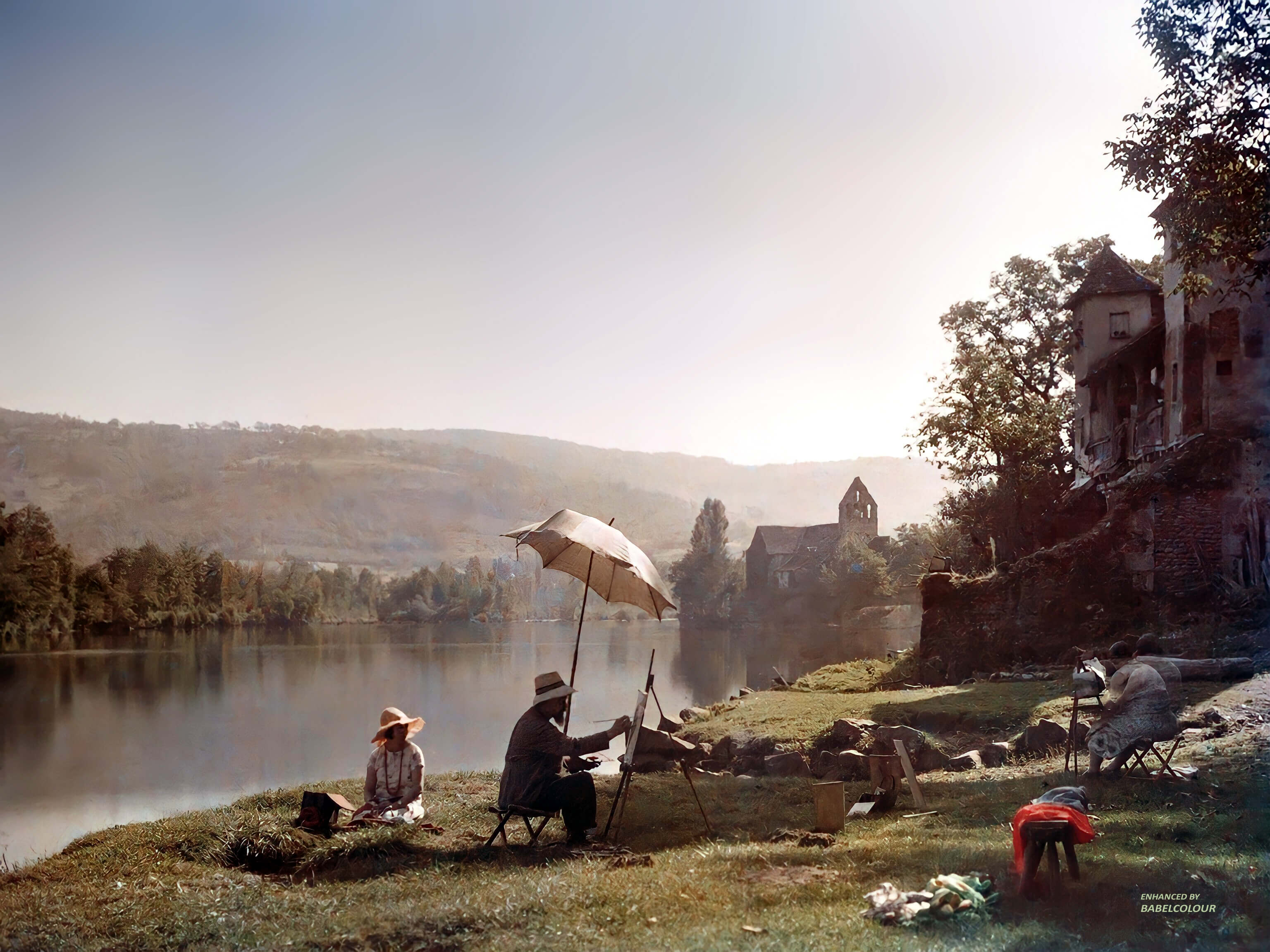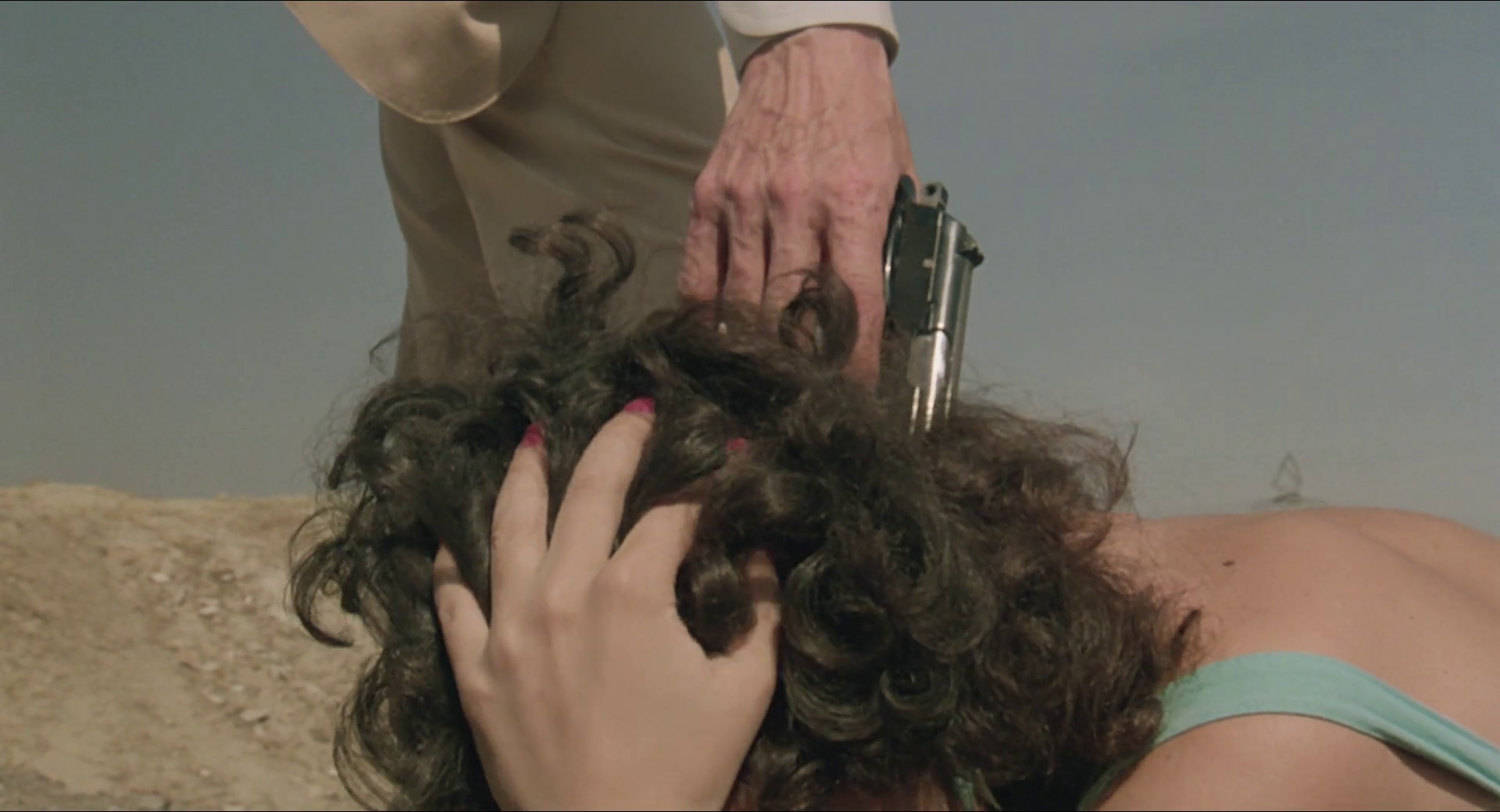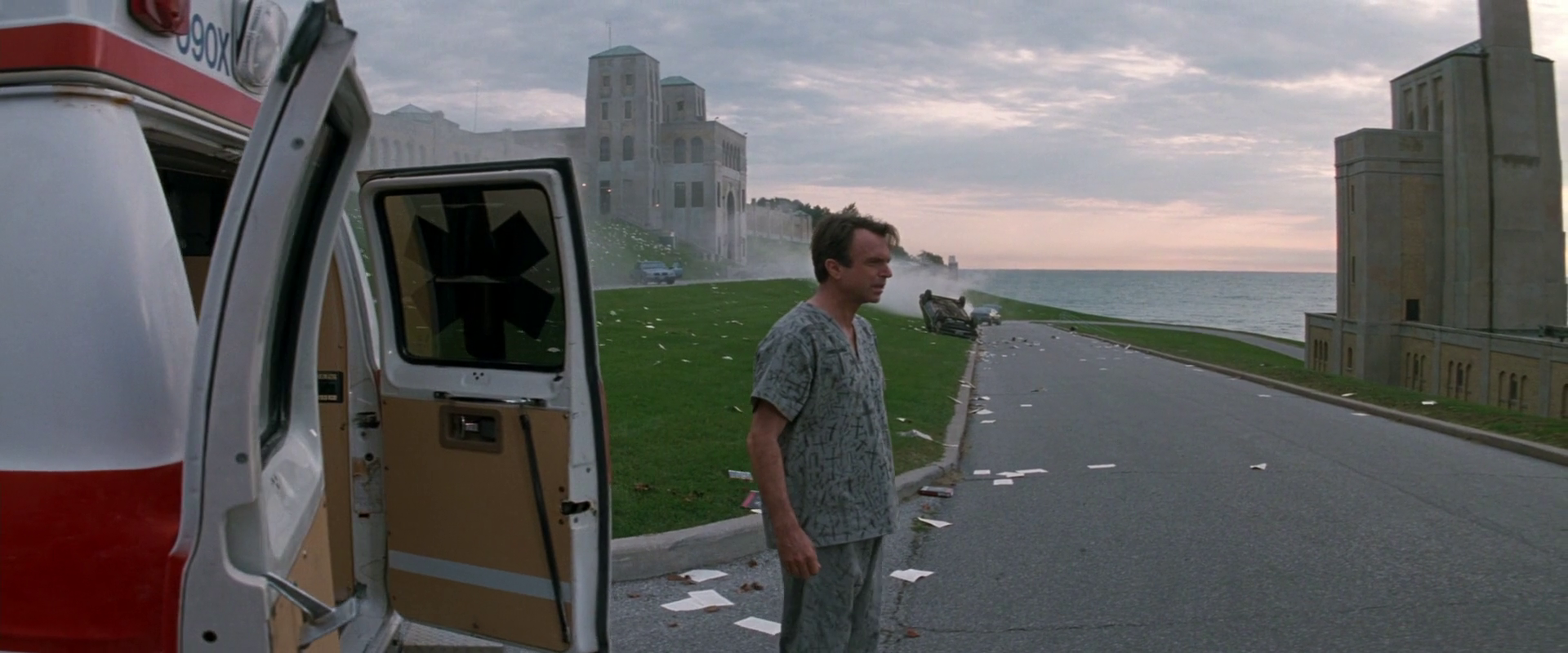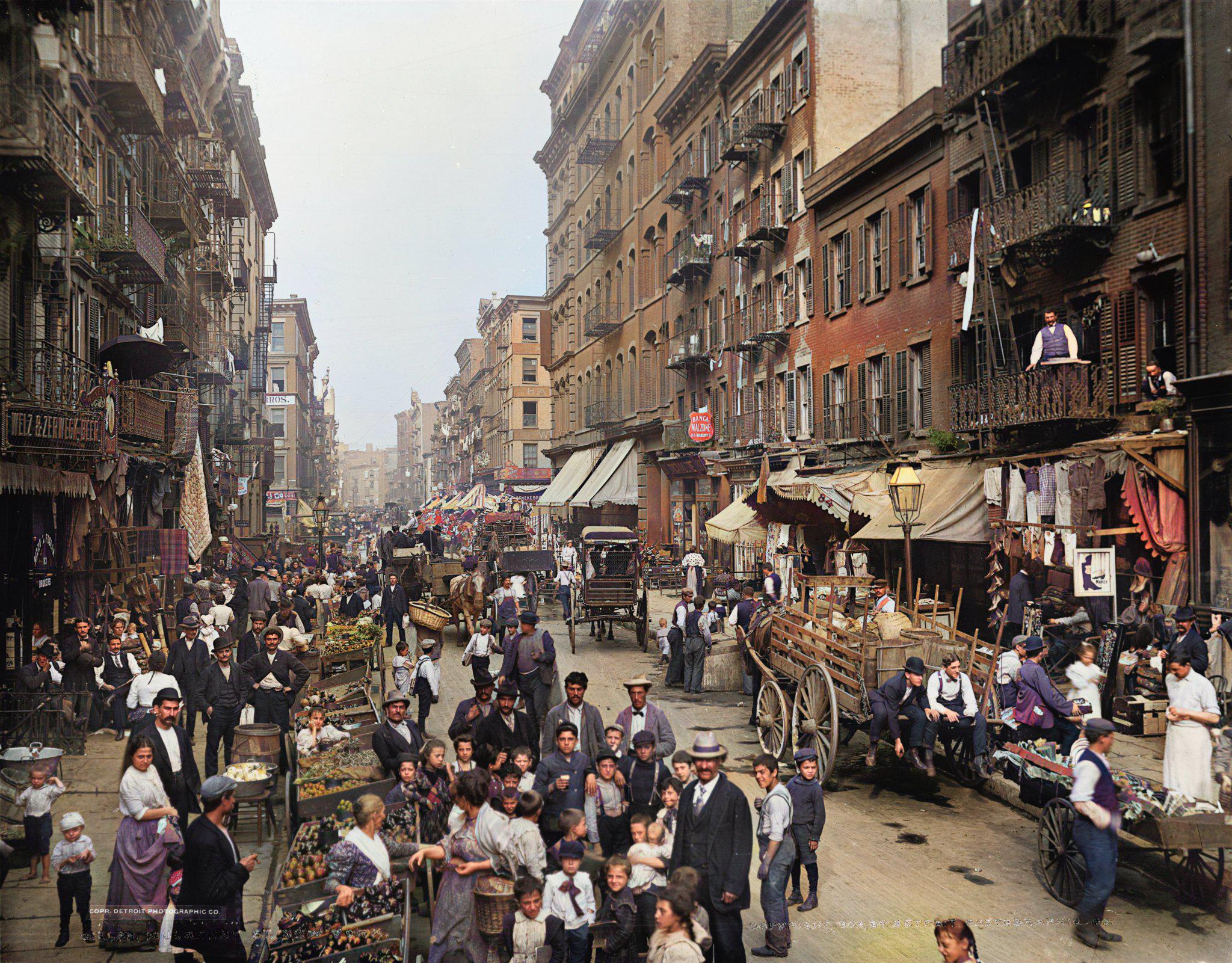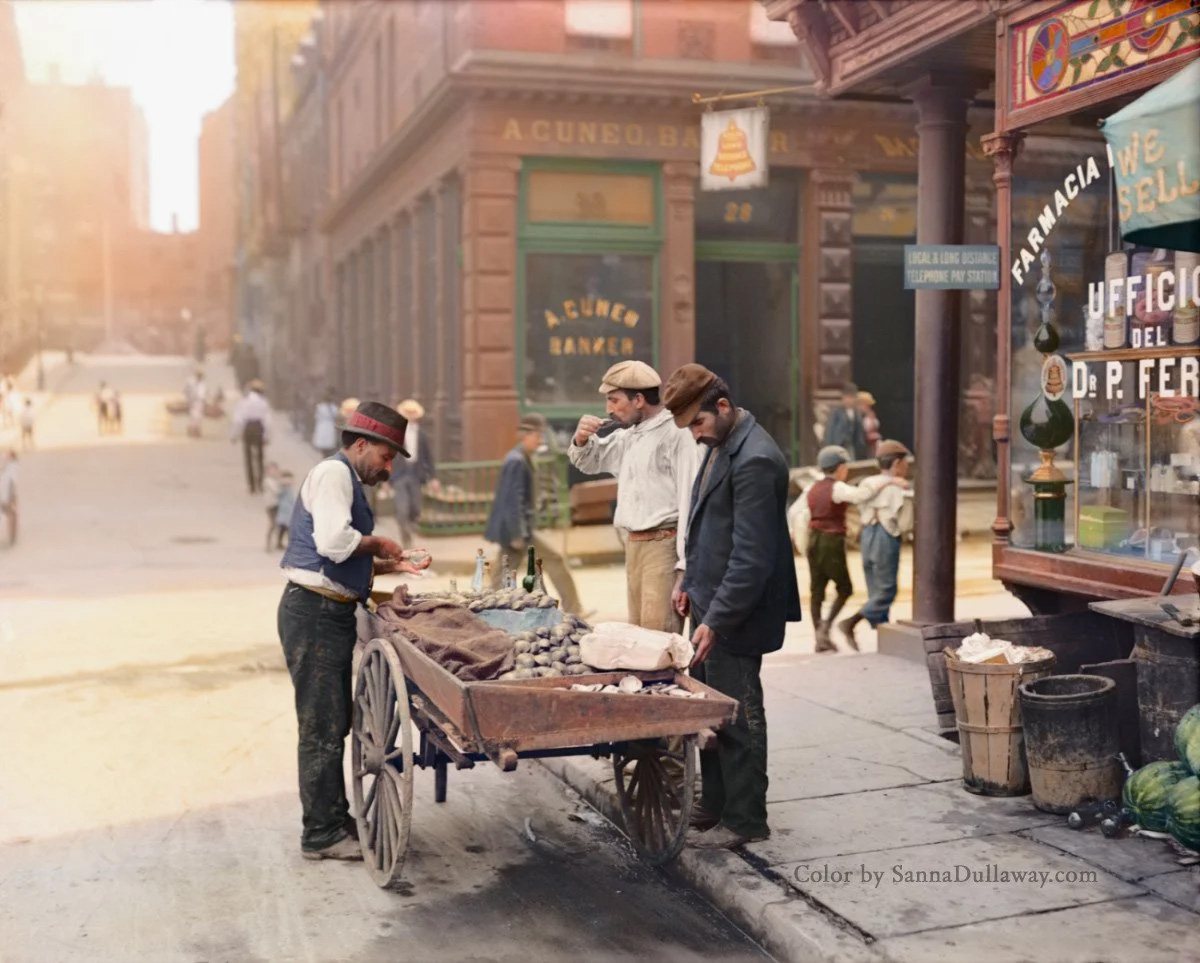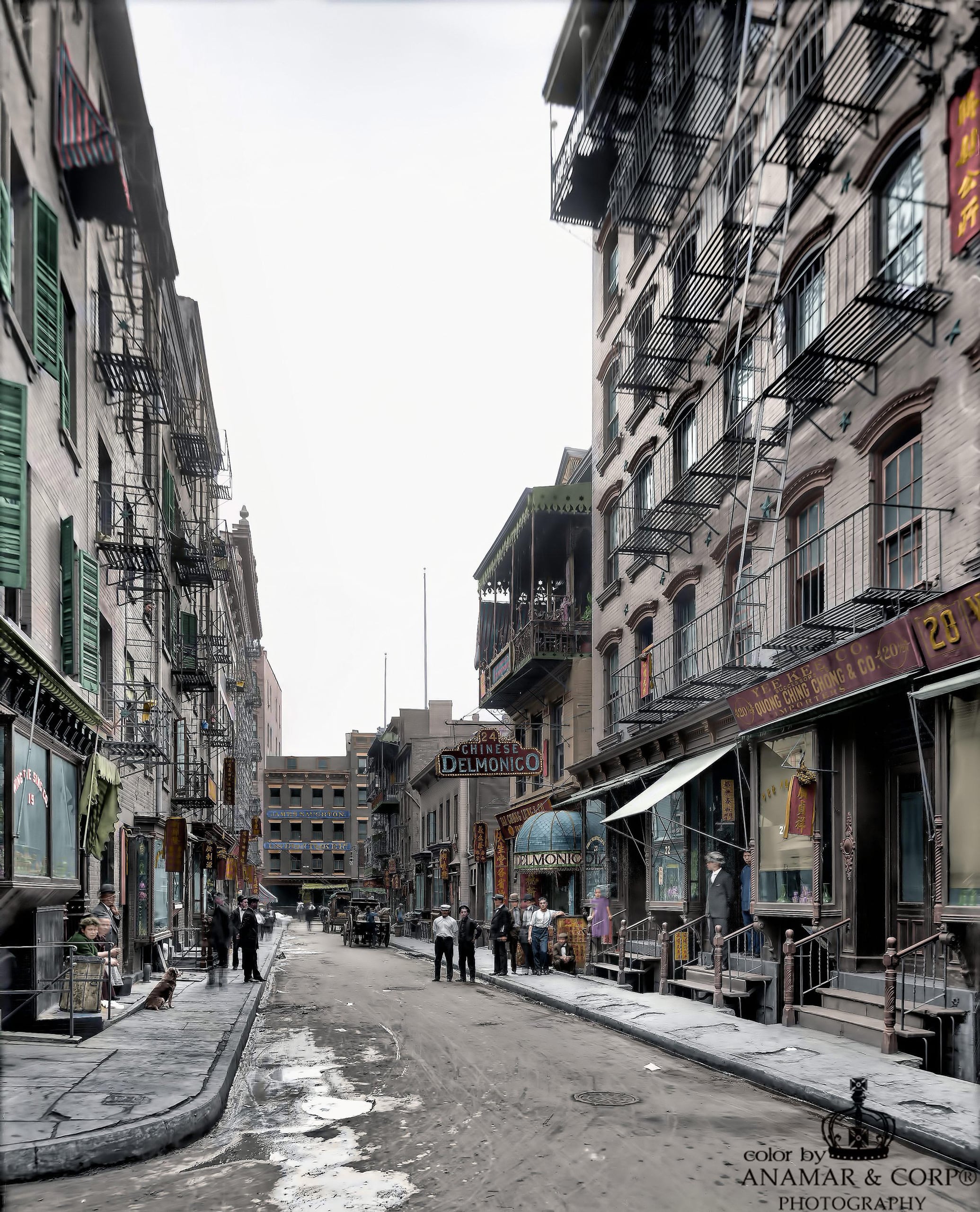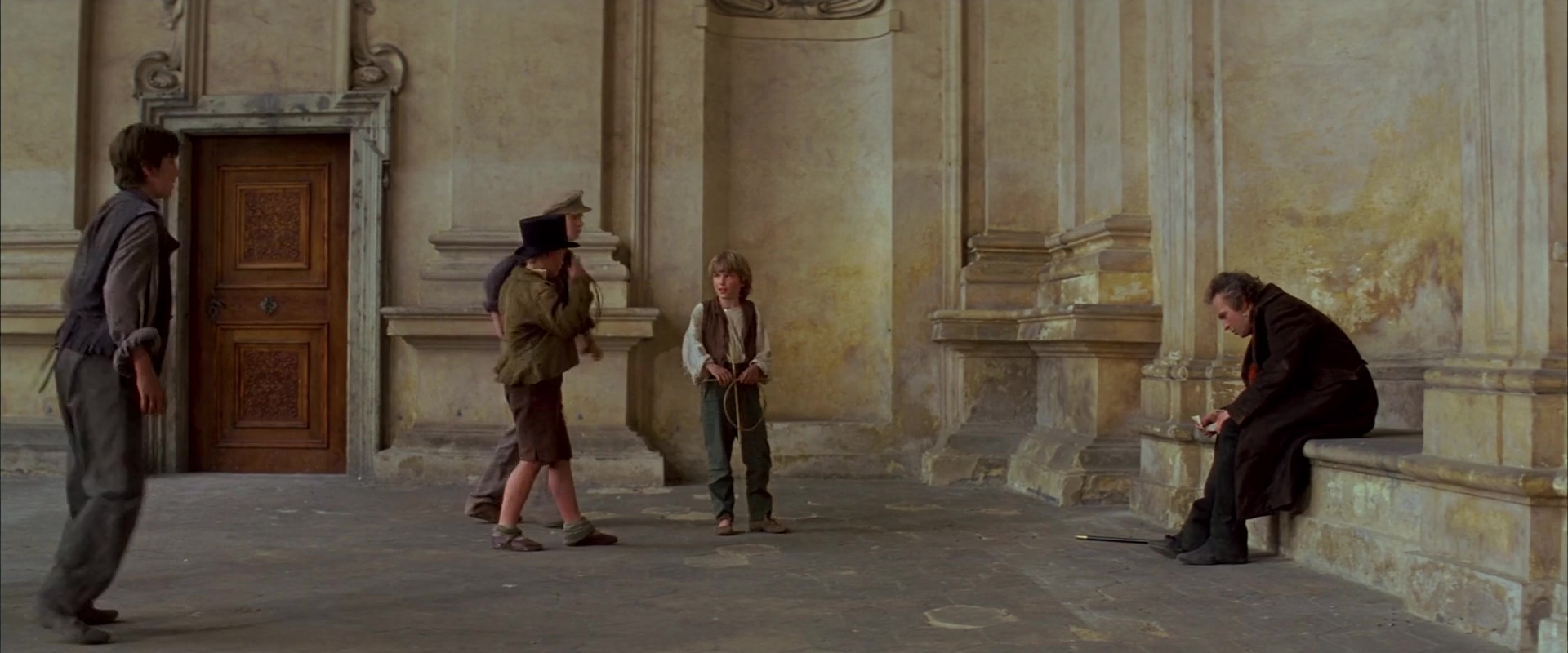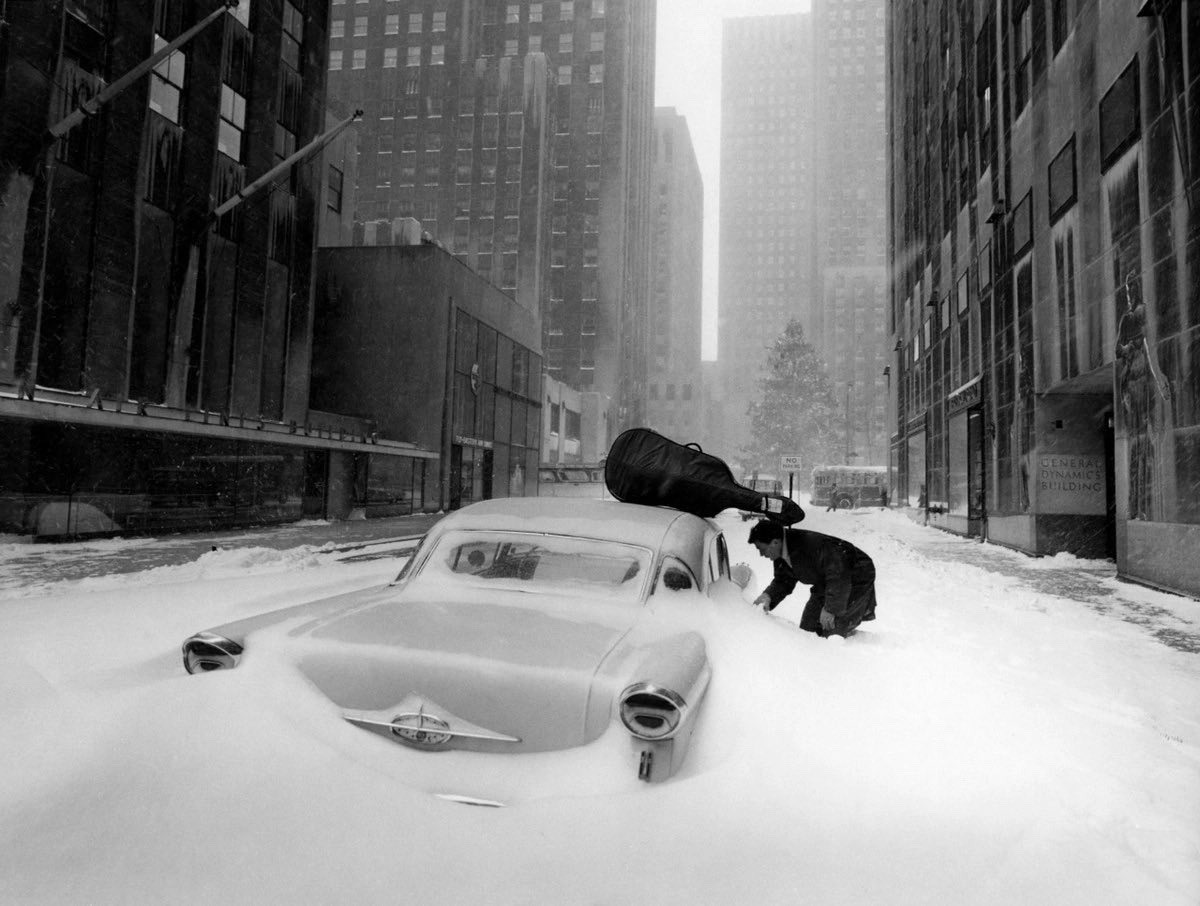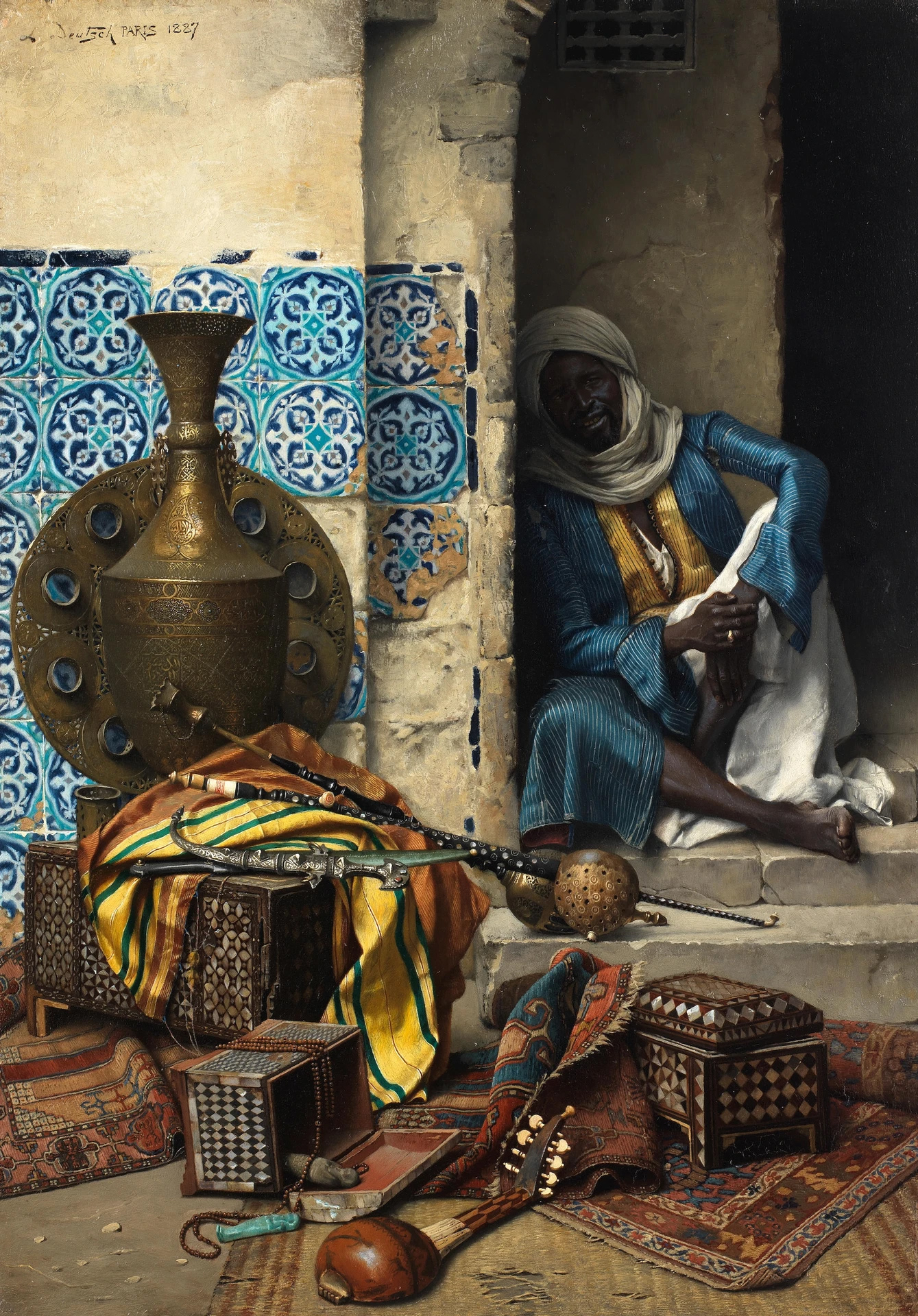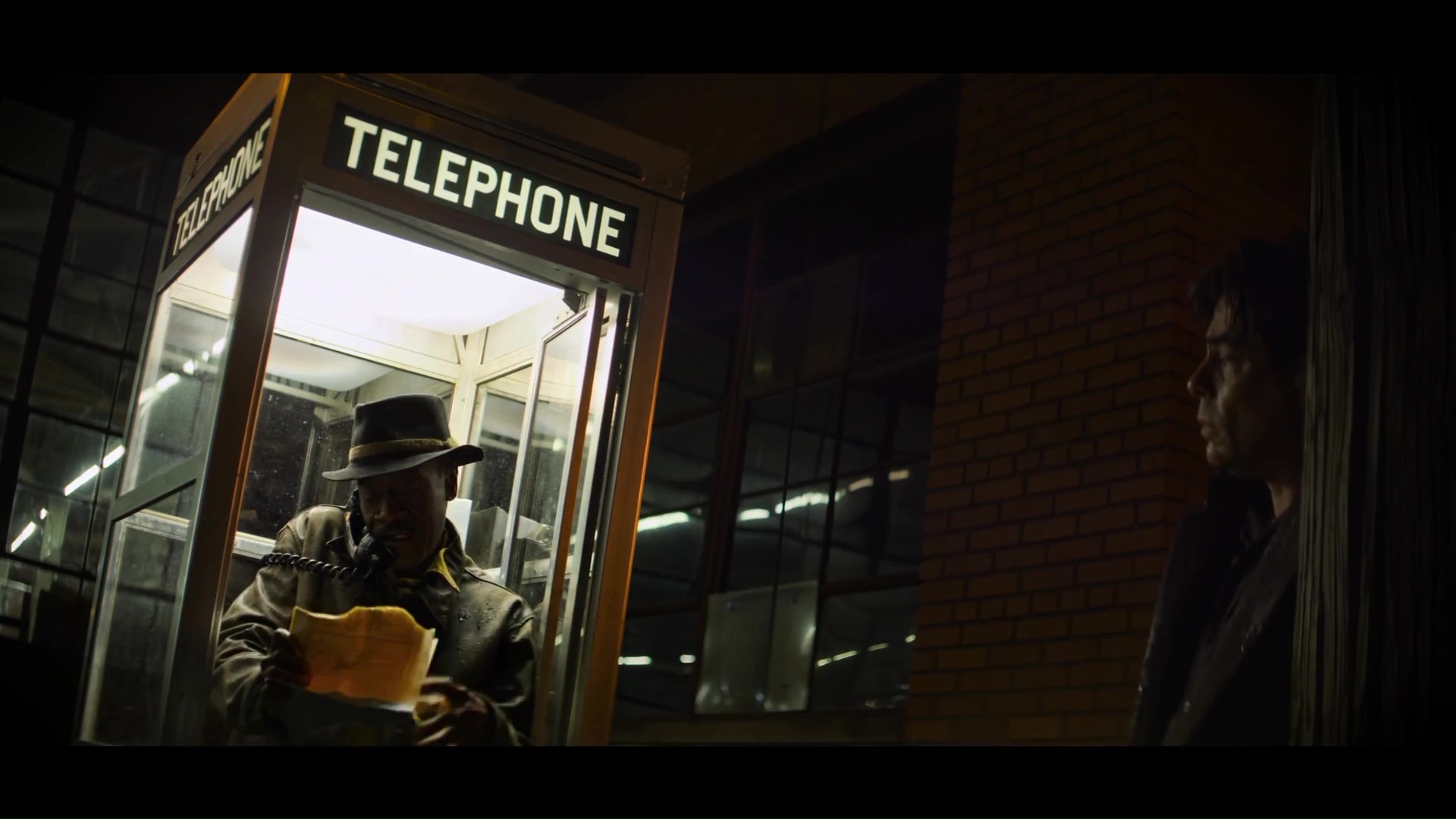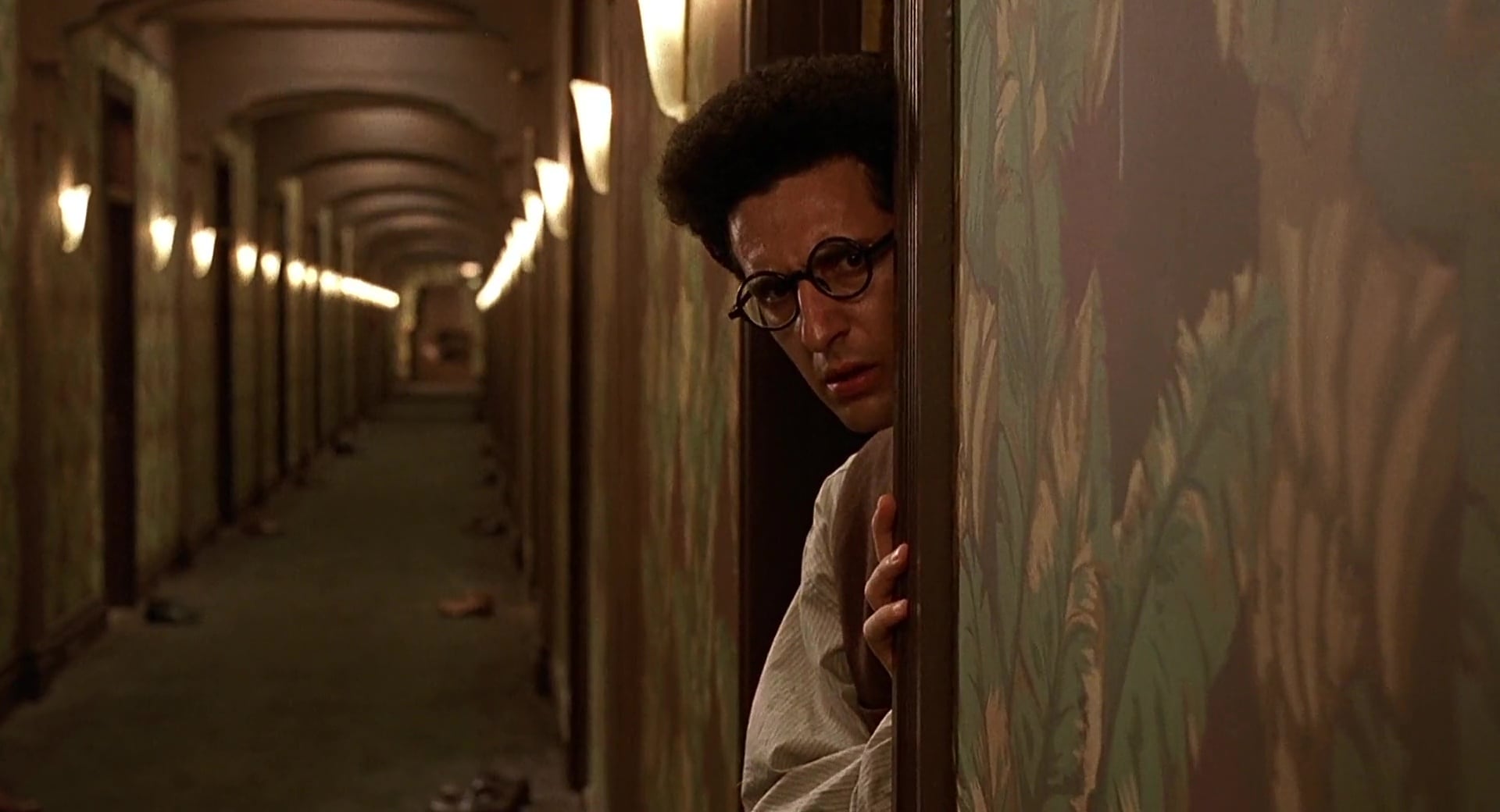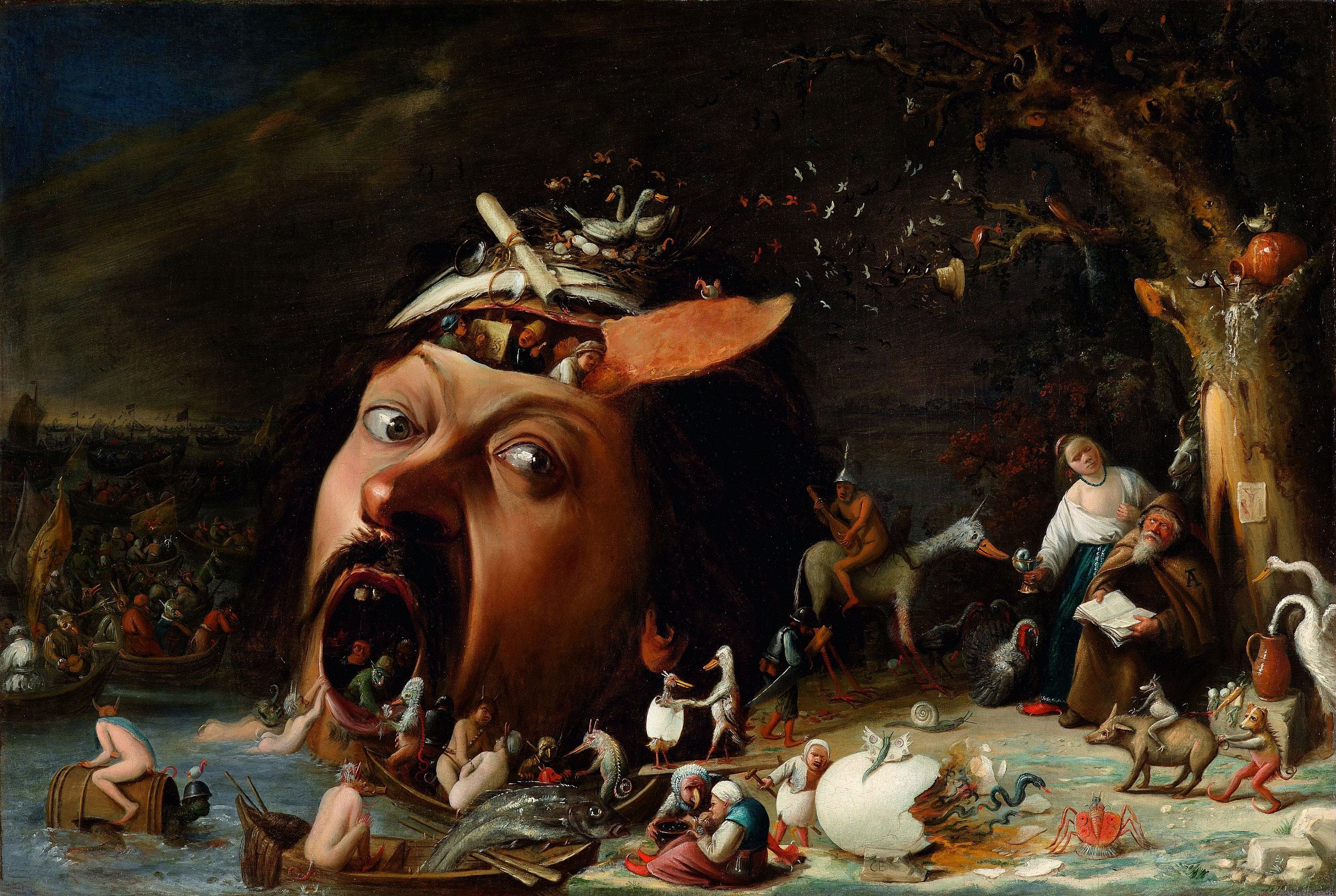Noted, February 2023
Collected bits and pieces I’ve noticed this month.
If you're into weird, human-created dystopias, check out this German documentary (with English subtitles) on the Kowloon Walled City.
∽
I've not been super bursting with excitement about the recent developments in AI be it chatbots or image generators – hot takes are not my thing. I'm also not posting this as a standalone piece, I don't think I know enough about the subject. But recent news on the Bing chatbot getting feisty, and this Daring Fireball piece have me less dismissive and more curious (and a bit more concerned as well).
People using ChatGPT to write school essays doesn't mean the bot is smart, it means the essays are easy to write for anyone who can grok the formula. The image generators, while quite fun, are likewise mostly producing results that are like cheap counterfeit goods – they look good in the lookbook, but on closer inspection, the seams are just plain bad. This AI stuff is not yet as smart as some think it is, which is another way of saying it's not as dumb anymore as some others think it is – they are not super good or clever, but maybe neither are we. Maybe we think we're more exceptional than we really are.
They are better and faster at producing mediocre work than we are, and these are the jobs it takes over first. This doesn't sound very tragic, but mediocre may be all anyone cares for and there will be less and less need for good quality and craftsmanship.
Om Malik touches on the subject in his Letter from Om newsletter and links to some good things to check out if you're so inclined.
∽
"Whatever you’re working on right now, whatever it might be, I ask: try to leave a little space for a courtyard."
(via Daring Fireball)
∽
Dave Karpf compiled a list of Wired articles from 1993 to 2017 – three articles per year that capture the vibe in Silicon Valley from the dotcom boom all the way to the hangover.
"If you’re curious about the way the “digital revolution” was contemporaneously portrayed over the past quarter-century, think of this as the audio-guide that you could take through a self-curated museum tour."
~
Car brain – the tendency to not apply our normal values when it comes to driving-related issues and bad behavior, giving it more leeway.
“Not only do people do what the world makes easy, but because it feels easy, people conclude that it’s right,” Walker said.
